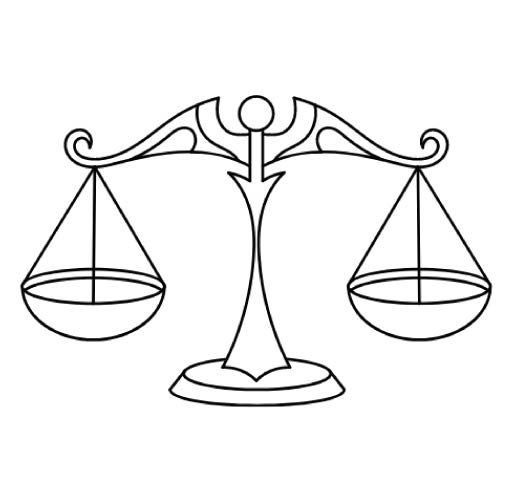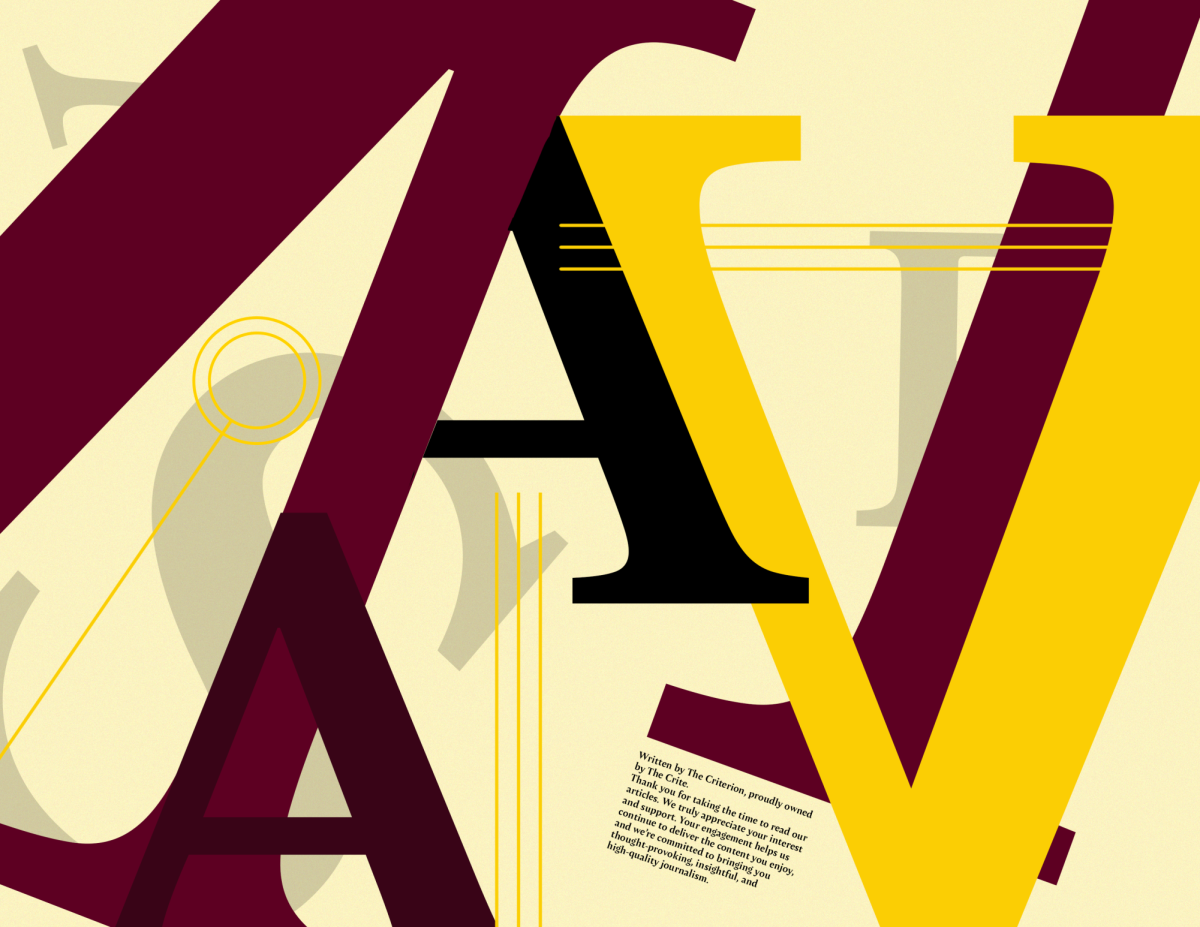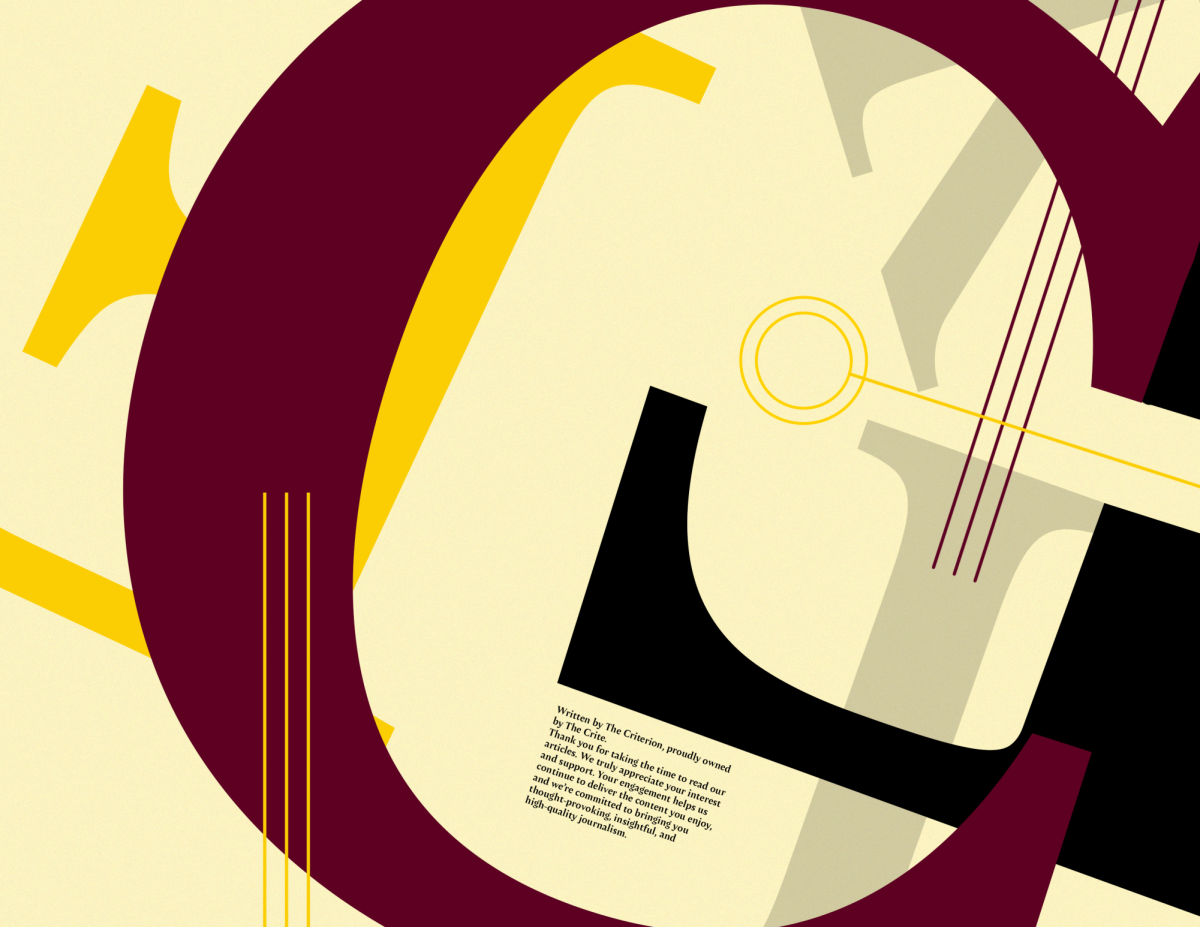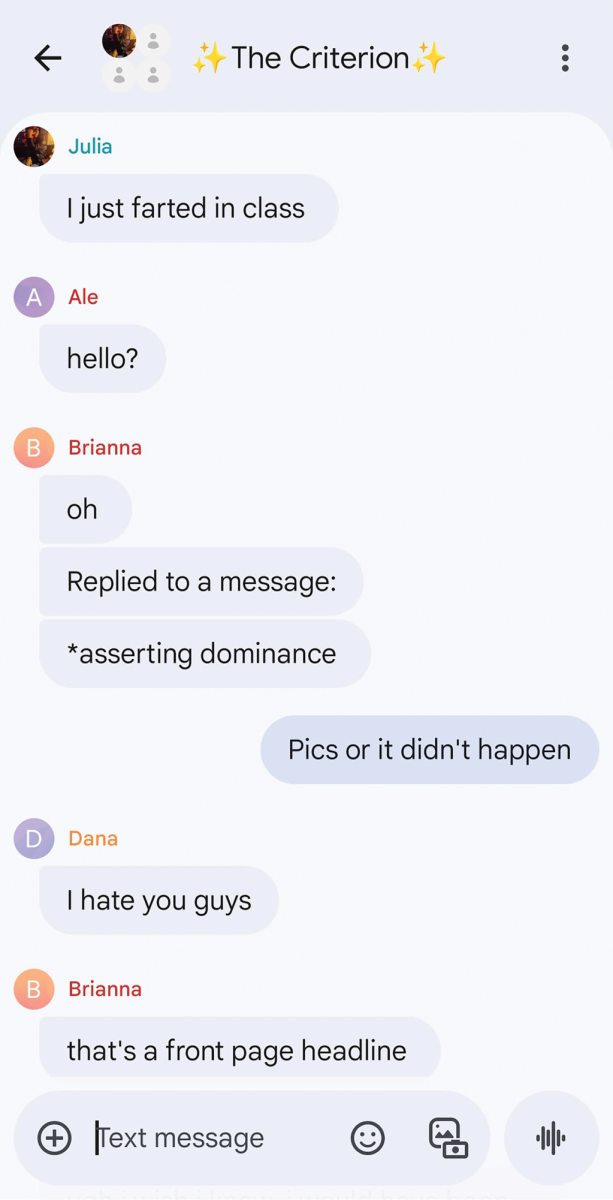Welcome to the worst week of December for all students. The good news is that it’s called finals for a reason: we’ve almost made it to a long, well-deserved five week break.
Here are some ways to effectively study for exams so that you can finish the semester strong.
The first part of studying is identifying what kind of learner you are. There are four types, just like Hogwarts houses. It includes visual, auditory, reading and/or writing and kinesthetic. Most people are a mix of each, but there is usually one type of learning style they prefer. This can change depending on different circumstances. There is no one-size-fits all style of learning and everyone is different.
I’m an auditory learner, meaning I learn better from lectures and listening to videos on the topic rather than reading the textbook. To document the information during lectures I take extensive notes, but note-taking is subjective too.
As a former AVID (Advancement Via Individual Determination, an in-school academic support program) kid, I benefit the most from the Cornell style of note-taking which uses bolded subject titles to the left of the page and notes on that particular subject on the right. Other ways to take notes include the boxing method, mapping method and good old outlining.
After note-taking comes review and there are some helpful ways to review all the material taught over the semester. Here are three ways that are proven most effective: the Leitner system, the blurting method and the Feynman technique.
The Leitner system was created by German science journalist Sebastian Leitner. The concept of spaced repetition involves memorization using time intervals. Thus, this method encourages learners to space out learning over a period of time, rather than cramming information into their heads in one go. This method works best with flashcards or Quizlet.
Recently, Quizlet requires more in-site purchases, so if you want a Quizlet for free use the Knowt app, a similar app to Quizlet for free.
If you need a faster way to study, try using the “blurting” method. Identify the information you recall on the chosen topic area. After you have compiled all the information you remember, research the topics you missed and write them down to further revise.
Lastly, there is the Feynman technique, which is broken down into four steps. Step one: study; choose the topic that needs review and review it.
Step 2: teach. You can just pretend you’re teaching someone, if you don’t want to actually teach anyone. The Feynman technique works much better if you use a real person. In addition to providing feedback, they will be able to let you know when something doesn’t make sense.
Ideally, the person you’re teaching will ask questions and probe you, trying to find holes in your knowledge base. While it may seem uncomfortable, it’s necessary for you to proceed to the next step.
Step 3: Fill in the gaps: while being questioned in Step 2, write down the questions you can not answer and target those areas in review.
Finally, Step 4: simplify. After learning, teaching and reviewing the topic, simplify it down as much as you can, so even a kindergartner could understand it. As such, the simplified version will help with memorization.
I also benefit from a timed studying system. This includes using a timer to study for three long stretches with two short breaks, then a long study session reward with a long break. For example, I’ll study for 25 minutes with a 10-minute break, then, the longer stretch will include a 40-minute study session with a 15-minute break. For my ADHD brain, the structure of balancing the timer and earning breaks helps a lot with my focus. I also keep my phone out of reach and only allow myself to check it during breaks.
It’s easy to get over-stimulated while studying and not focus on retaining all this information. So, the break method works for me, but others could benefit from studying for an hour or two and then taking a break.
Just remember, only you know how you’re going to study the most effectively. Whether that be review with friends or classmates, using one of the listed methods or even showing up to the test with no preparation at all.
Overall, good luck on finals, Mavs, and have a good winter break!









